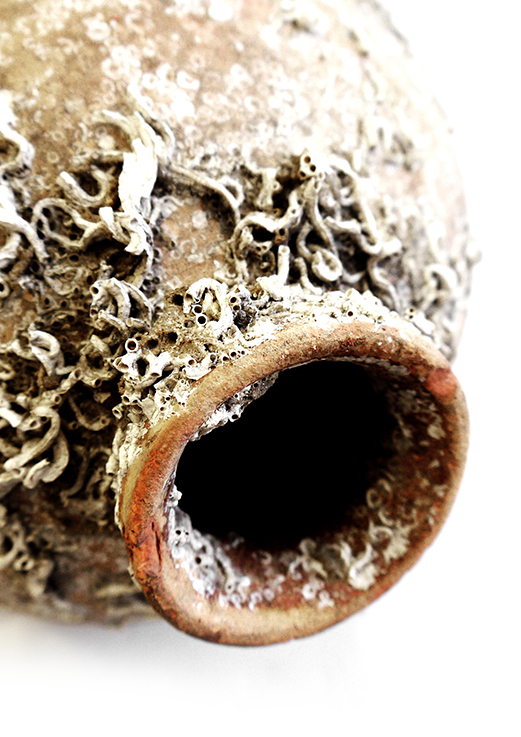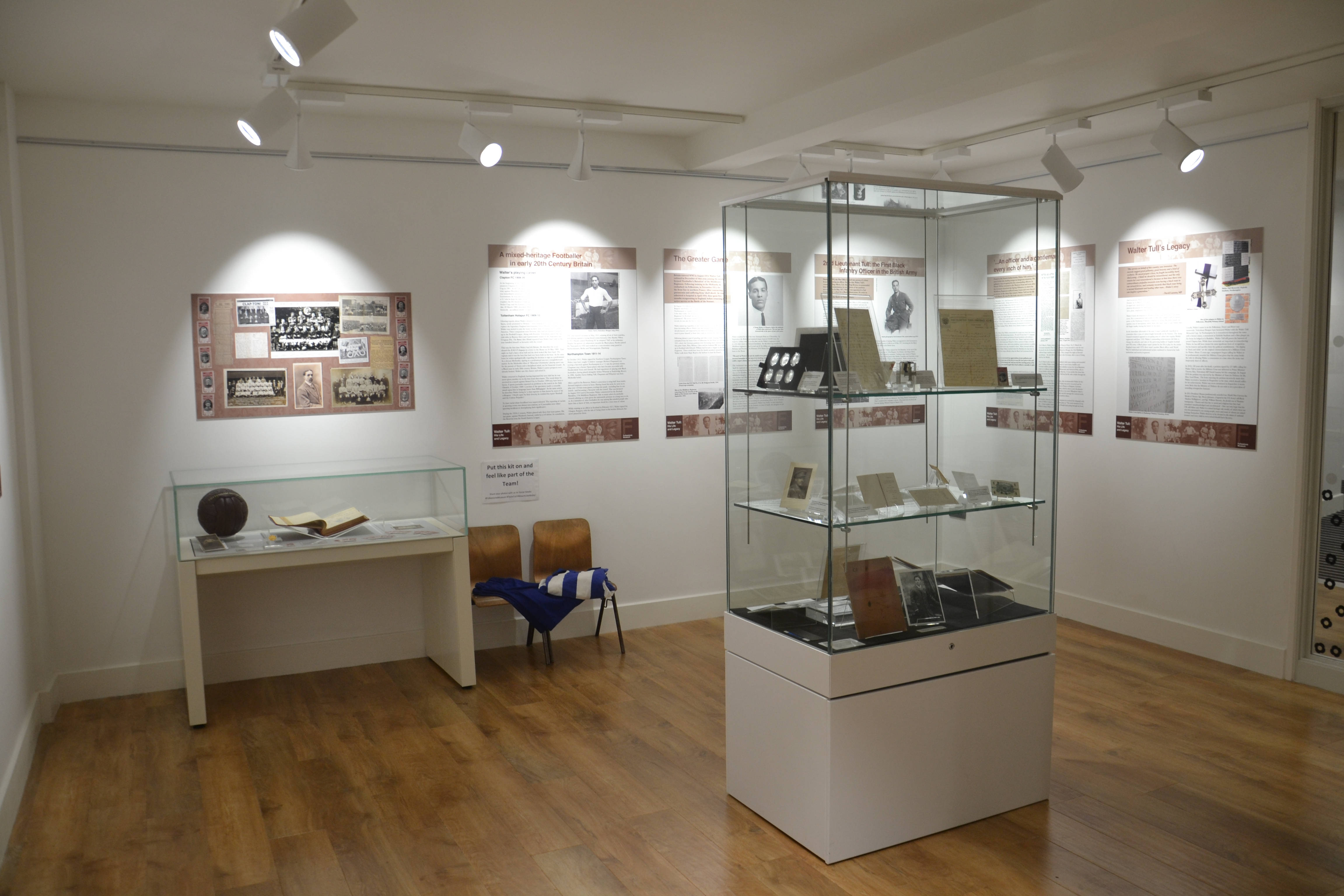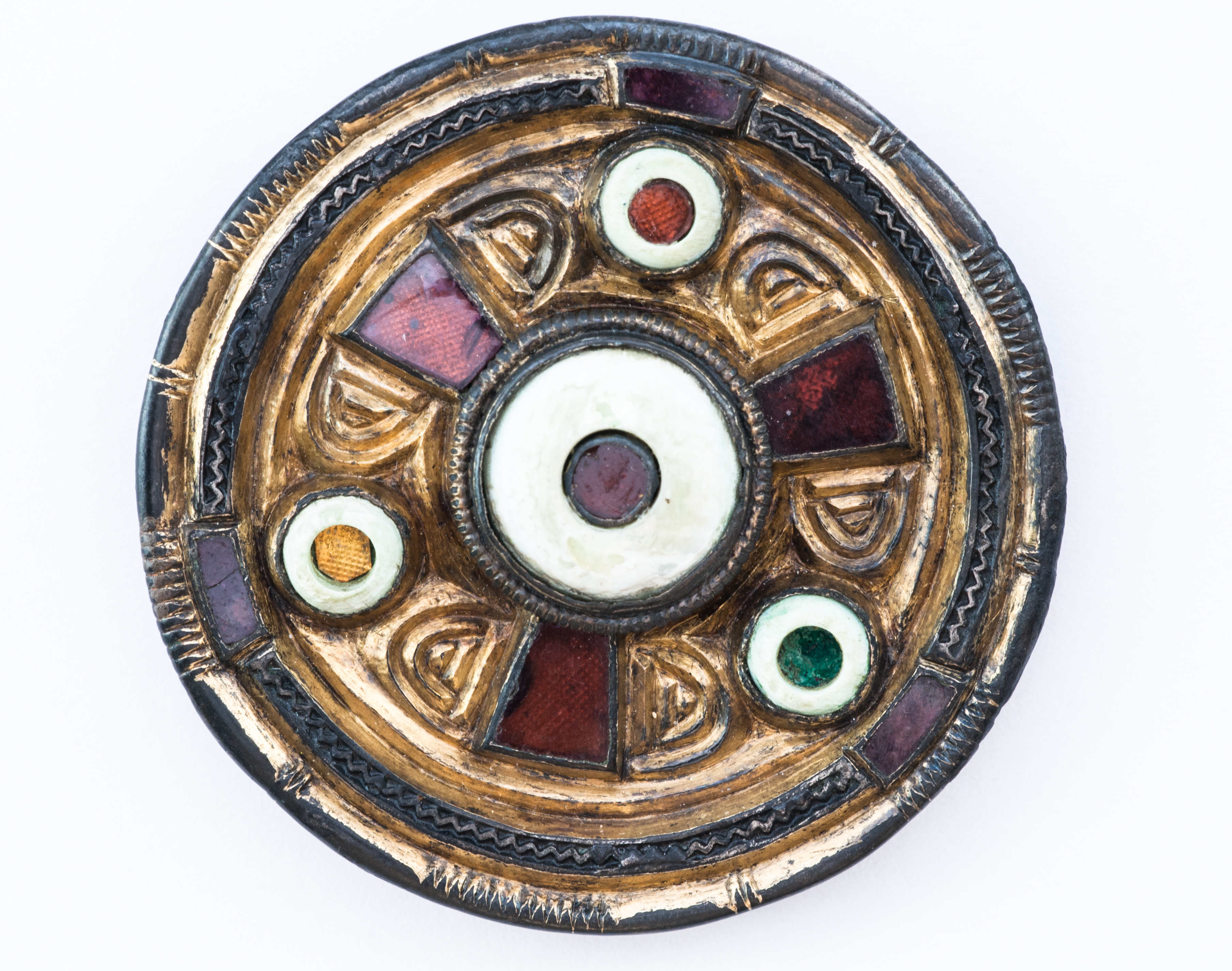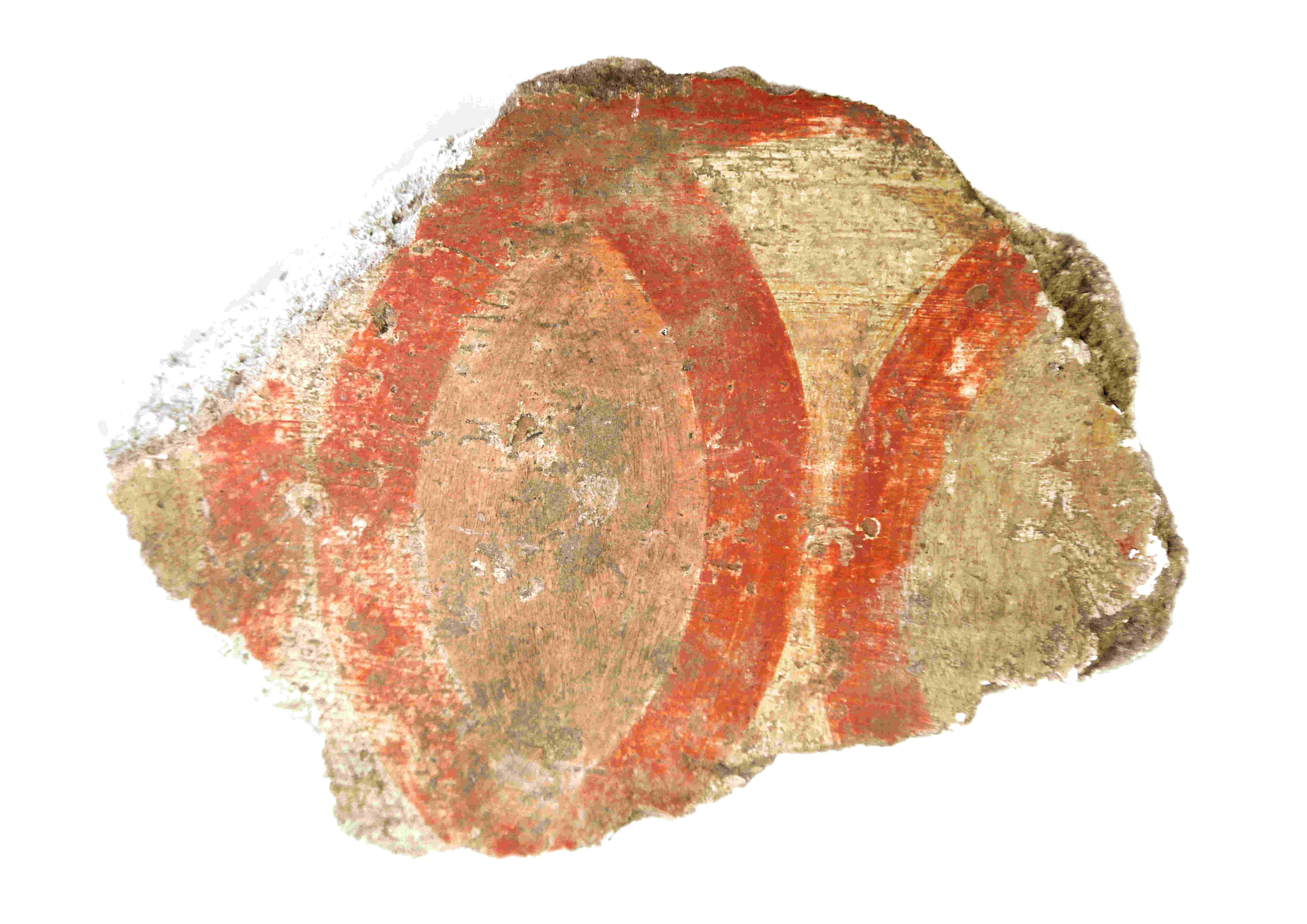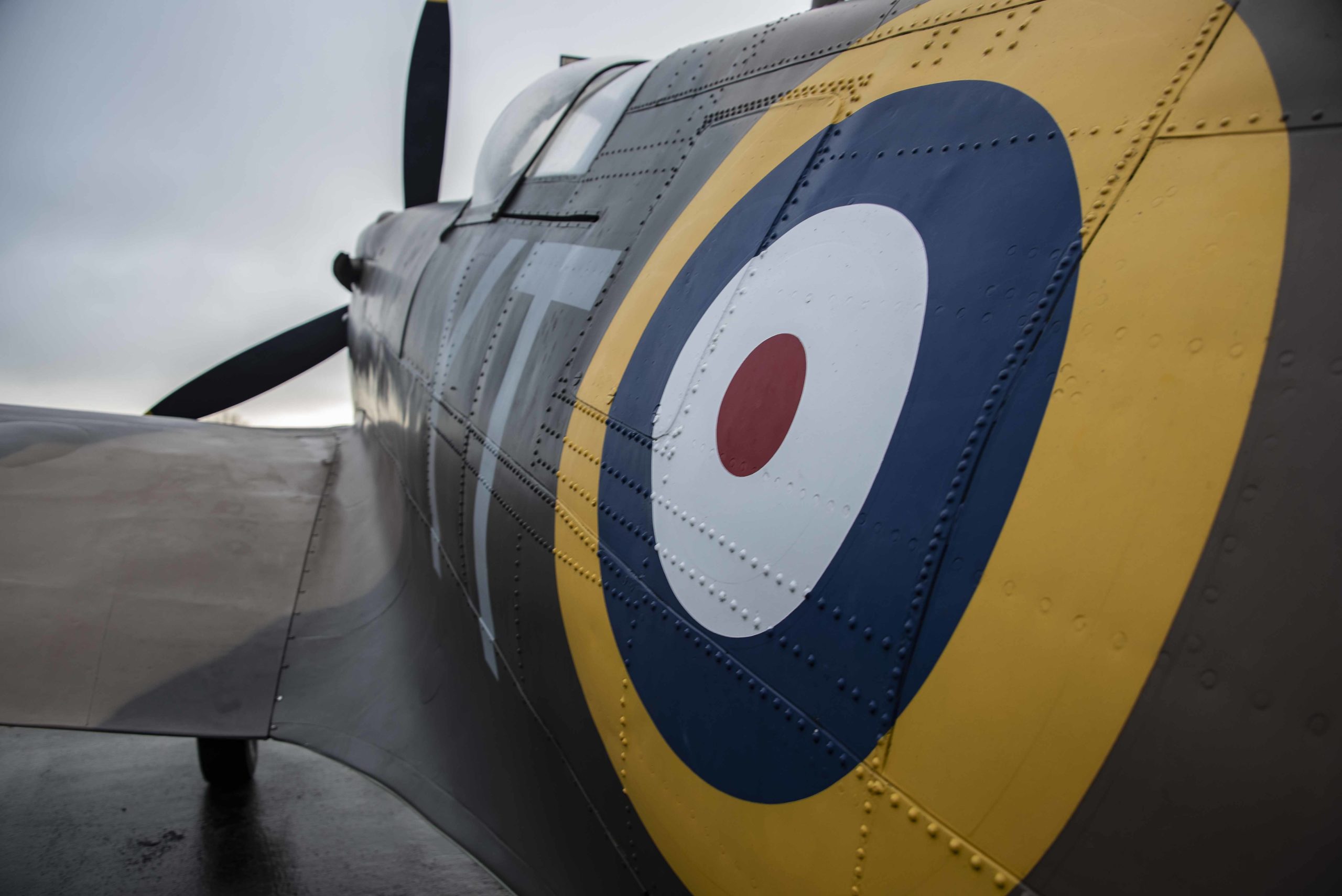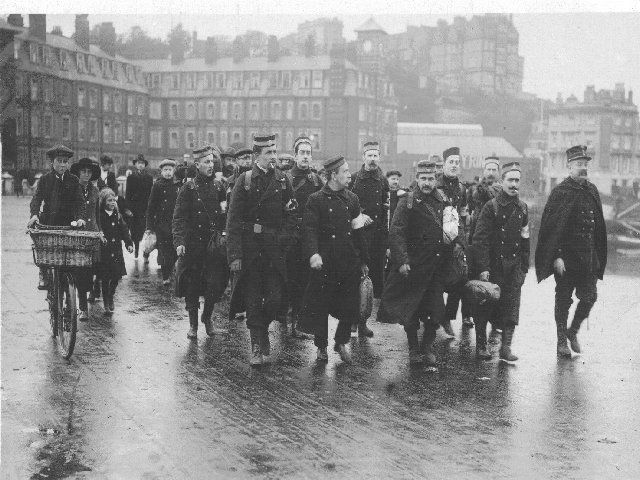Places
Folkestone Museum – From Smugglers to Dinosaurs
Folkestone has had a museum since the 19th century. Initially established on Tontine Street, the collection was largely of fossils but has grown over the years to include textiles, skeletons and paintings. Now, Folkestone Museum is located in the Town Hall on Guildhall Street, and you can get your hands on many interactive exhibits from dinosaur bones to Walter Tull, the first Black British Officer in World War 1.
Darran Cowd is the Museum’s curator, and with his team the museum is able to put on crafty Saturday morning workshops to school visits and major exhibitions. He spoke to Folkelife about the vast collections the museum has.
the fossil record
“Basically, we start about 180 million years ago with the fossil collection owned by the museum. This was the basis of the collection which started in the 1850s. Local resident S J Mackie and others were key in bringing together paleontology collections that were originally displayed in private premises. These collections were then gifted to the borough council and ended up being exhibited in the library on Grace Hill by the 1890s. From there the rest of the collection grew.”
And grew it did. In its latest home in the Town Hall the museum is laid out in themes. Fashionable Folkestone: “This looks at the genesis of the town as a popular resort from the very late Georgian period, going through the Victorian and into the Edwardian periods of history.”
Maritime folkestone
“Our Maritime Folkestone collection is a huge part of the town’s history as it has been a port, fishing town and harbour for centuries. You can see France from our coastline and the links with the continent are very important. The town was the front line in both World Wars. In WW1 it was the main departure point for the British Expeditionary Force and also the base for the Canadian Expeditionary Force when they came over to work alongside the British Army during the First World War.
“This area was called Hellfire Corner during the Second World War with its proximity to France. The Battle Of Britain being fought over these skies and that ‘corner’ was the triangle connecting Folkestone, Dover and Hawkinge. Hawkinge was the closest airfield to France so a key launching point for the Spitfires and Hurricanes flown by The Few that won us The Battle Of Britain.”
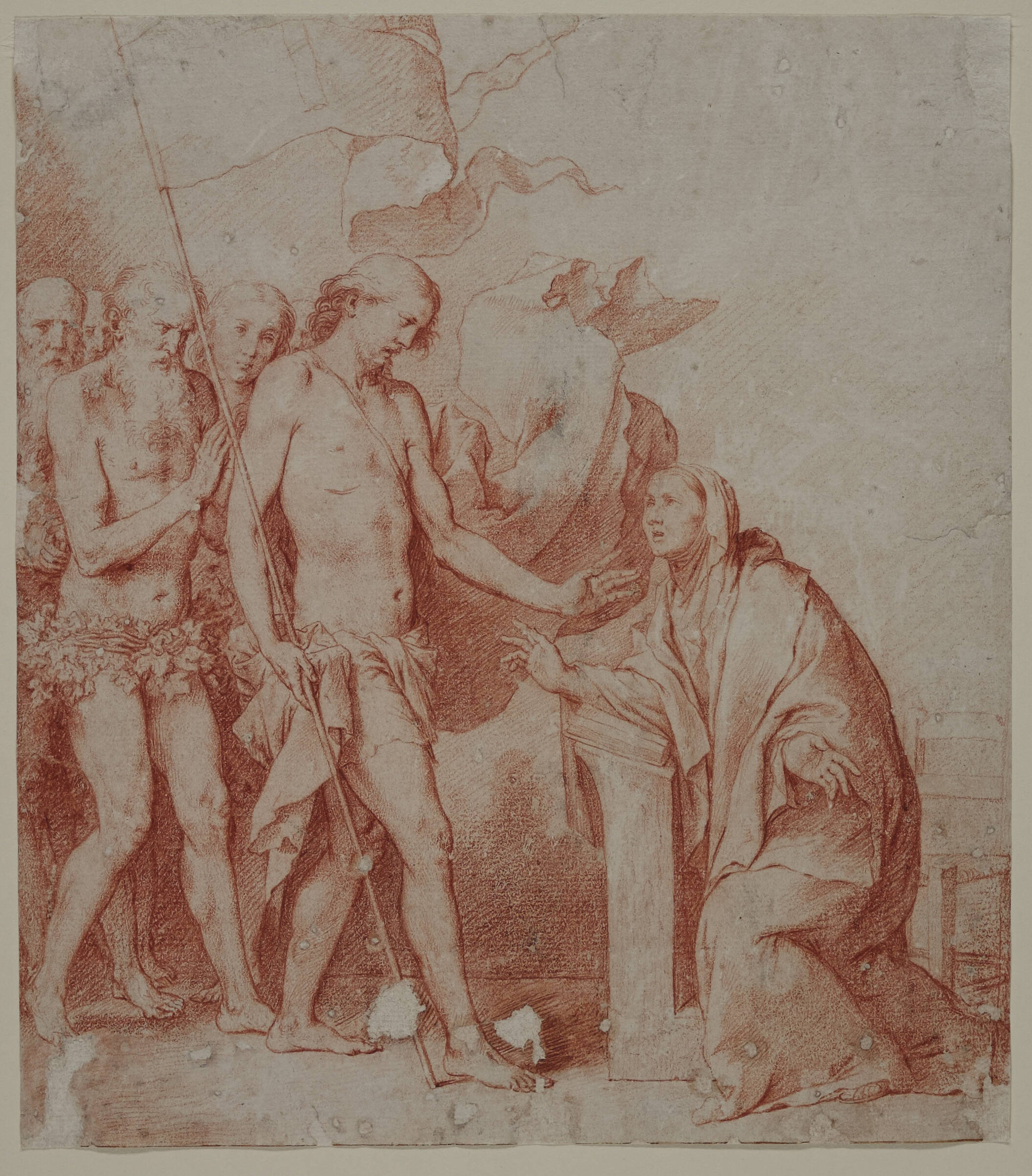
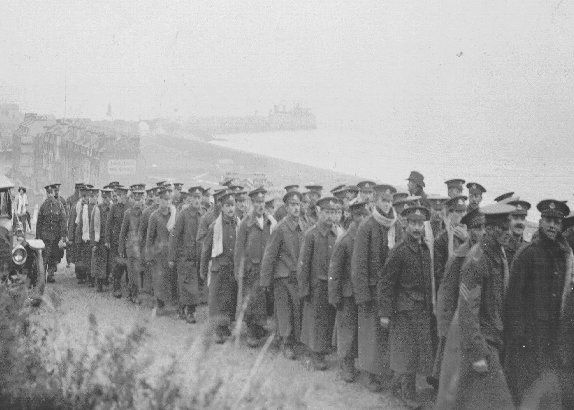
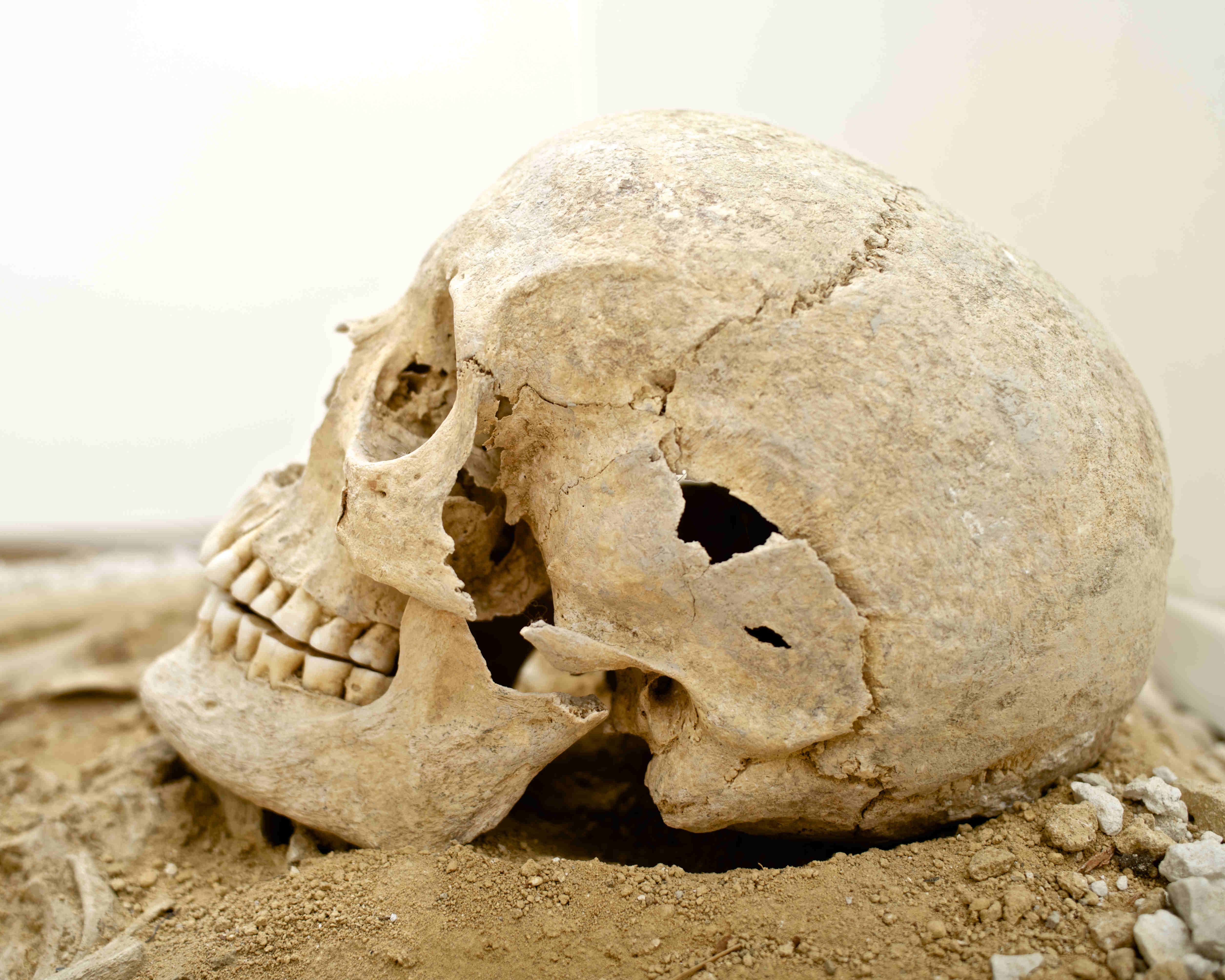
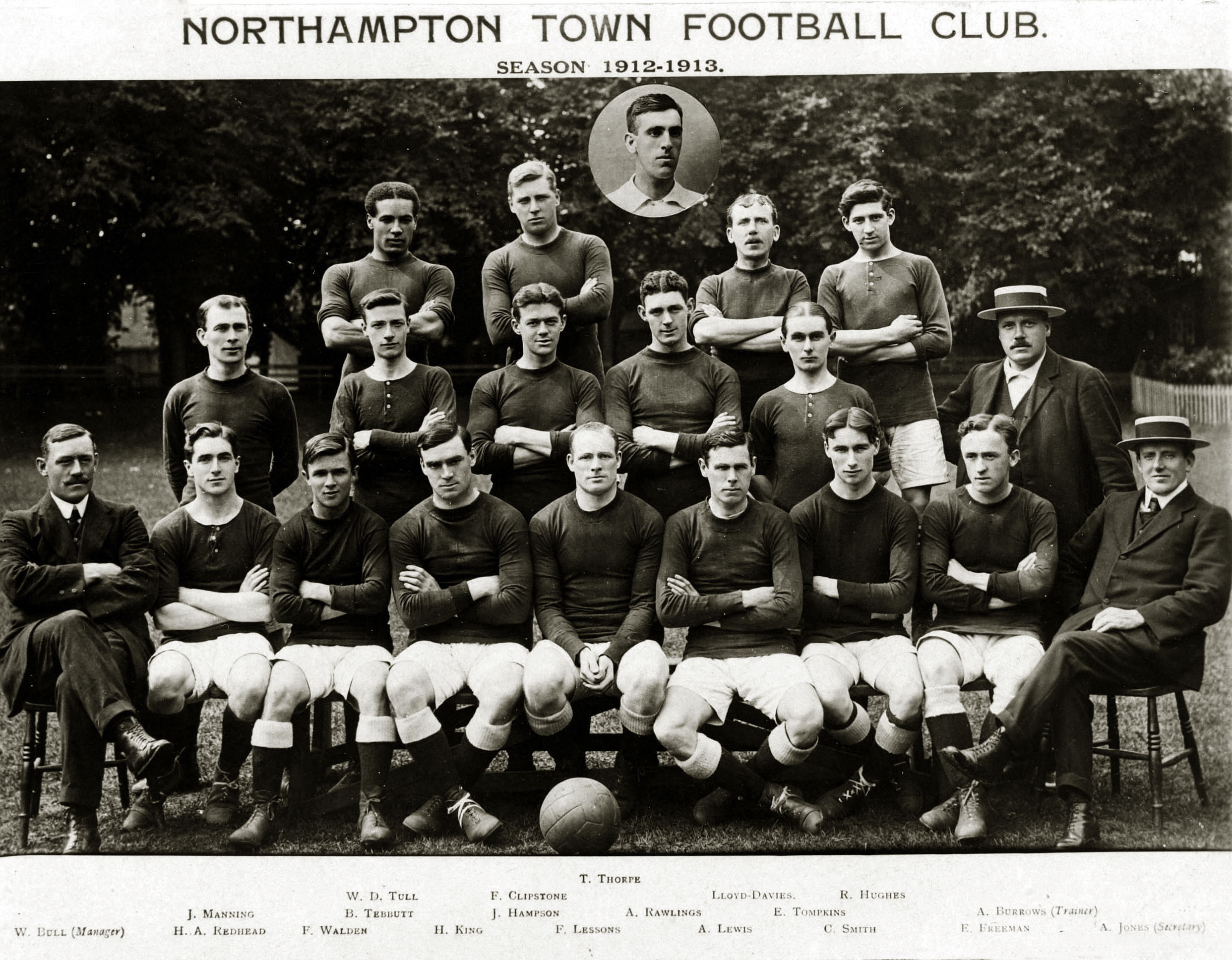
William Harvey
William Harvey was a doctor born in Folkestone in 1578. He was the first person to recognise the circulation of blood around the whole body, and provided experiments to prove this. Darran continues: “We have a section on William Harvey on the Ground Floor with a bust of him, and supposedly his pestle and mortar. It’s been dated to the right period but I’m a bit dubious as to whether it’s really his.
“There’s no paper evidence in our archives to show that it’s his. So sometimes you have to take some of this on faith. For example, there are the remains of a very important person in St Mary and St Eanswythe’s church nearby. They date to the same period as St Eanswythe, they’re female and of the same age as she was when she died. So, even though we don’t know it’s actually her, we can pretty much say that the person buried there was certainly incredibly significant to the town. That I think I can take on faith that it’s her. As for Harvey’s pestle and mortar… well… He lived near St Paul’s Cathedral in London, which was pre-fire of London time. But during the English Civil War his house in Oxford was ransacked by the Parliamentarians. He lost all of his papers and research. Would his pestle and mortar have survived that?”
a rich archive
The Folkestone Museum archive is available to the public by appointment. There are over 10,000 records on the catalogue and available to search via their website. Part of Darran’s job is to associate photos with the catalogue entries to make life easier. “I’ve inherited the collection as I’ve only been here since 2020. It’s an interesting experience when you go to look for something, you get completely side-tracked when you find something else amazing in the box besides what you were researching; before you know it an hour has disappeared looking at something you weren’t actually looking for!”
seaweed herbaria
“There’s the paleontology collection that goes through from Prehistoric to Roman to Anglo Saxon. Then the natural history collection that is currently displayed through a collector theme. Collections of butterflies, taxidermy, herbaria – pressed flowers, plants and seaweeds. We have this amazing collection of seaweed which records exactly what the marine environment was like in the 1890s, and a diary that goes with it. The collector worked from Pegwell Bay right the way through to Dungeness.”
Living history
As well as being in charge of the collections at the museum, Darran is keen to step outside the building to illustrate Folkestone’s history around the town. “We’ve started work on the Old Town Heritage Trail and have put up information boards around the town. The eight panels start at the East Bay and go right across to the top of The Leas. These talk about the area of town and its history. We work with local historians, and groups such as the Shorncliffe Trust and Shepway Art Forum to cement links between us and the wider community. The Librarian has the Heritage Room so it’s good to work closely together. Creative Folkestone is another partner we keep in touch with as there’s so much we can do together too.
“Folkestone is such a culturally noisy town, we’re really lucky. And it’s good to be singing as part of that choir but we all need space to have some solos too. Finding the voice of the museum is key. There are many people with a passion for particular parts of this town’s heritage, and championing those is important. We don’t want the distinctiveness of the town to get lost.”
industrial heritage
Darran’s specialism is in industrial heritage and there are areas of the town’s history that he would like to be on display. “We have the Bertram Priestman painting of Folkestone Harbour in the 1930s. The boat train is pulling up the viaduct and going back to the junction. It’s a beautiful painting. We’re working with the Remembrance Line Association and have a number plate off the side of what was probably one of the last steam locamotives that worked in the 1960s. It’s from a Great Western tank engine and that needs to go up on the wall.
“But there’s much more to Folkestone’s industrial side. The fizzy drinks manufacturer Silver Spring was here for many years. Also Folkestone was quite the place for tile and brick making for a while, especially when you think that Radnor Park was originally a clay pit and brickworks. Kingsnorth Gardens was a brickworks site too. People say it supplied the bricks for the Foord Road Viaduct, but that would have needed millions of bricks! They would have used bricks from other sites too such as from Warren Road as well as Radnor Park.”
a self-sufficient town
“There are the garment industries that were here; the print works; the water mills were where the Islamic Centre is now…and they helped to grind corn from up on the hill. The windmills were integral too and there were various around the town. It means that the town was quite self-sufficient and maybe that adds to its sense of independence. Folkestone isn’t like other seaside towns in that it has a resilience to carry on going no matter what.
“And we have our Anglo Saxon skeleton too… ” The collection goes on and on. It’s probably best to come and visit. The museum has many practical and interactive displays for everyone to get involved in. There are workshops during weekends and school holidays and themed exhibitions at other times of the year.
